Welcome to one of the most active flamenco sites on the Internet. Guests can read most posts but if you want to participate click here to register.
This site is dedicated to the memory of Paco de Lucía, Ron Mitchell, Guy Williams, Linda Elvira, Philip John Lee, Craig Eros, Ben Woods, David Serva and Tom Blackshear who went ahead of us.
We receive 12,200 visitors a month from 200 countries and 1.7 million page impressions a year. To advertise on this site please contact us.
|

|
|
RE: First Build - Troutie's Photo Journal
|
You are logged in as Guest
|
|
Users viewing this topic: none
|
|
Login  | |
|

   
estebanana
Posts: 9351
Joined: Oct. 16 2009

|
 RE: First Build - Troutie's Photo Jo... (in reply to paul.troutfisher) RE: First Build - Troutie's Photo Jo... (in reply to paul.troutfisher)
|
|
|
quote:
make everything as light as possible - for example the bracing - he said to reduce it beyond what's called out. Is this also true for the harmonic bars? Do they really play much of a role and would reducing their profile lend to a quicker reponse too? I'm looking for the explosive blanca sound (not that my playing supports the need :( ).
With respect to Monrad, he was a friends teacher who makes fabulous guitars. I have a slightly different take on the as light as possible school of thought.
For back braces I've been making them slightly beefier and cutting the ends down more. Reason is I'm using a lot of Port Orford and find it is already a very light wood, not very dense and the little extra mass in the back braces has been helpful to getting the back to sound and respond like I want. Different kinds of materials may call for a little extra here or there.
Harmonic bars, Hmm. well there are different ways of doing them. You can not scallop the ends, or you can deeply scallop the ends. You may also want to put some arching in the lower harmonic bar. You may want to think about how you pillar them up from the ribs. Tall fitted triangular pillars, beefy wide pillars or simply a glue block on top of the brace. All this in conjunction with how you scallop the brace.
A deeply scalloped harmonic bar can make the top really lively, and to some extent have an effect on sustain. You are dividing the top in half basically at the lower harmonic bar and that division can be strong and inflexible or slightly flexible with a scalloped bar. It also has to do with how high and wide the bar is. Generally the lower wider harmonic bar gives the top lower pitch which on flamencos is helpful. Look at Santos' harmonic bars they are kind of squat and hacked out.
I would say the higher the bar the more you can scallop it the lower the bar the more you may want to let it run across straight. Scalloping lowers the pitch, making the bar high and thin raises it. If you arch it think about how that arching adds stiffness the area and scallop accordingly. If you want a lively guitar think about scalloping the ends very low. But remember lively does not always equal profound. Many lively guitars are just so so, with no internal juice. No forcing power.
The way you pillar the ends of the harmonic bar, heavy pillars lots of coupling with the sides helps sustain, heavy also can be too tight. Most flamenco guitars use moderate pillars.
Light fan braces with light top structure, heavy scalloped harmonic bar can be a recipe for a snappy guitar. But the bridge and how it is put on is very important. The bridge should be light something like 17 or 18 grams as light as 16 as heavy as 22 has been a good range for me. A nice rosewood, ideally Brazilian, or something with those qualities. A light bridge with light top structure will usually give a fast acting guitar, and you can slightly spring in the bridge or fit it perfectly. There's a way of building where you make the top more or less flat and then make an arch under the bridge and suck the top up into the arch when you glue it on. You can also make the arc in the top quite pronounced and then fit the bridge on perfectly- you can also do something half away in between where the bridge gives the top some lift, but the top has some arch.
You really have to experiment with all those ways of how the bridge and top work together to find your own sound.
When Gene Clark helped me with my first guitars he said it backwards. Make them substantial like the Santos interior he showed me. His idea was make the guitar meatier and shoot for making it profound, then over successive guitars remove weight and mass until you arrive at your own guitar sound and feeling. I think I matured much, much slower than my colleagues who were more specifically coached, but I am happy with where I ended up and where it's going. Chris Berkov was also the one who gave me a little talk about how the bridge and the top work together. I worked on that for a long time after what he took about ten minutes to explain.
With respect to tapping on the top, you know there are all kinds of things to say that would be very accurate in terms of pitches to aim for how many intervals to separate the back tone for the top. None of them are a cover all formula, here is what Gene said to me: Think of the back like the sound of the tabla in Indian music, think of the top like a snare drum in a marching band.
Higher pitched back, lower pitched top. Follow the way the top and back pitches lower and rise when you cut the binding channels. Sometimes they change after the binding goes in, they don't go back exactly where they were before you cut the channels. Just be aware of that stuff as you tap when you build. He also said listen for music in the box. Does the guitar sound musical while you make it? Perhaps that is superstitious or not logical, but it is fun and you want to have fun.
So there are lots of things to think about. Some things to consider: Do you want to willfully direct your building into a certain sound or do you want to push it in a direction, but be open to what happens and react to that? Do you want to make a sound you hear in your head or do you want to hear what you make? These question seem obvious, but they are important to never lose sight of. The other thing Gene talked about was the difference between what he called the "instant gratification" guitar and the guitar which will take time to open. He also talked a lot about the breathiness of the fundamental sound and the support of overtones through the fundamental. But that is for another day.
You're a person who is technically proficient, making these things will not be your issue. Figuring out who you are as maker will be your thing. There are no easy formulas you just have to risk it and build them. Have strong players crit your work and then think carefully about what they say. Don't do everything they say, just use it as part of your awareness of your practice. What Gene did for me is tell me to discover who I am while I made the guitars, rather than try to will them to be this way or that way. Maybe not the best business advice, but as I said I'm happy where it took me. 
P. S. Mind which direction the grain runs in your heel blocks.
_____________________________
https://www.stephenfaulkguitars.com
|
|
|
|
REPORT THIS POST AS INAPPROPRIATE |
Date May 23 2012 17:17:30
 |
|

   
estebanana
Posts: 9351
Joined: Oct. 16 2009

|
 RE: First Build - Troutie's Photo Jo... (in reply to estebanana) RE: First Build - Troutie's Photo Jo... (in reply to estebanana)
|
|
|
Bass wood has high damping compared to the other choices, I would go with anything but basswood. It's soft and pithy. Honestly I've never even seen basswood in an older Spanish guitar, maybe someone used it, but none that I have seen.
I dislike basswood with passion, just me.
Traditionally in early twentieth century shops the lining was done with several different kinds of wood, probably what they had on hand. Some of the wood I have seen used as lining in old guitars are Beech, Oak, Spanish Cedar, Spruce, Mahogany, stuff like that. I used Ash once.
You could probably go to a lumber yard that planes its own hardwoods and grab a long thin piece of something from the mill ends bin. You just need two thin strips 30" long to work with. Grab a handful and have enough for several guitars. Some kerfed liners from LMI work too, but quicker to make your own flat strip.
I don't know about the Brazilian bridge wood off hand. But if yo know what Brazilian is like I think it's the best bridge wood, just pick some thing like it. Some Indian Rose can be nice and quite fine. Just be careful to check if it bleeds when applying finish. I found some Goncalo Alves that was very much like Brazilian in workability and weight, I used it on three bridges and it worked great.
_____________________________
https://www.stephenfaulkguitars.com
|
|
|
|
REPORT THIS POST AS INAPPROPRIATE |
Date May 24 2012 23:08:33
 |
|

  
Anders Eliasson
Posts: 5780
Joined: Oct. 18 2006

|
 RE: First Build - Troutie's Photo Jo... (in reply to estebanana) RE: First Build - Troutie's Photo Jo... (in reply to estebanana)
|
|
|
quote:
I think Anders and I have similar views on the data collection and formula methods. They put you in the right zone, so to speak, for the kind of guitar you want to make, but then you have to refine your understanding of that zone.
I totally agree and those who´ve enetered zone, normally walk around in that zone testing very small things, might be a few grams on the bridge, a slightly stiffer soundboard, shaping the braces a little bit different etc. Thats what I do myself. Others are more extreme and try a lot of very different aproaches. An example is M. Bellido. I tested quite a few guitars of his also a lot of new ones and I cant even remember the amount of different bracing systems he used during a relatively short period. The output was very variated as well.
In the end, IMO its all about balancing out all the factors. Its all a compromise and there´s no one good or correct way, just like there´s no best sounding and playing flamenco guitar.
I think that the most important thing when you start building instruments is to know that your first instrument will be a starting point. It might end up being super good, but maybe you dont know how you achieved that and maybe number 2 or 8 sound very bad. Never mind the amount of theory and input you get, you wont understand it until you´built quite a few or many instuments. The realy difficult thing is to have a consistant output.
I´m going to start building violins very soon and I know that its to start all over again. I know ood a lot better, I work wood a lot better and my intuitional understanding of wooden, stringed instruments is a LOT better, BUT I also know that I know very little or close to nothing about building violins and therefor my first goal will be to be Happy Hoppy Donny and make myself a violin that works and that I´m proud of. Then later on, Hopefully I might learn a tiny little bit more about building violins. But I also know that the way to go is knowing that I know ver little.
To first time builders of flamenco guitars, I´ll say:
Build yourself that guitar, using standard meassurements and concentrate on getting the box and neck angle correct. Thats what is REALLY important. If you stay inside "normal" meassurement and you control the shape of the box, the guitar will sound a lot better than even an expensive factory guitar. Later on you can concentrate on refining what you´ve learnt.
The fact is that you might produce a wonderfully sounding guitar, but if the setup is bad, it wont be a flamenco guitar. It´ll just be a wonderfully sounding Spanish guitar worthless for flamenco. But if you get the box and the angles right, it´ll be usefull for flamenco even though the sound is not top notch.
_____________________________
Blog: http://news-from-the-workshop.blogspot.com/
|
|
|
|
REPORT THIS POST AS INAPPROPRIATE |
Date May 27 2012 7:28:31
 |
|
 New Messages New Messages |
 No New Messages No New Messages |
 Hot Topic w/ New Messages Hot Topic w/ New Messages |
 Hot Topic w/o New Messages Hot Topic w/o New Messages |
 Locked w/ New Messages Locked w/ New Messages |
 Locked w/o New Messages Locked w/o New Messages |
|
 Post New Thread
Post New Thread
 Reply to Message
Reply to Message
 Post New Poll
Post New Poll
 Submit Vote
Submit Vote
 Delete My Own Post
Delete My Own Post
 Delete My Own Thread
Delete My Own Thread
 Rate Posts
Rate Posts
|
|
|
Forum Software powered by ASP Playground Advanced Edition 2.0.5
Copyright © 2000 - 2003 ASPPlayground.NET |
0.078125 secs.
|


 Printable Version
Printable Version






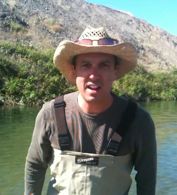
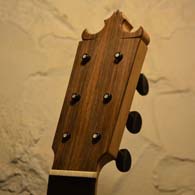
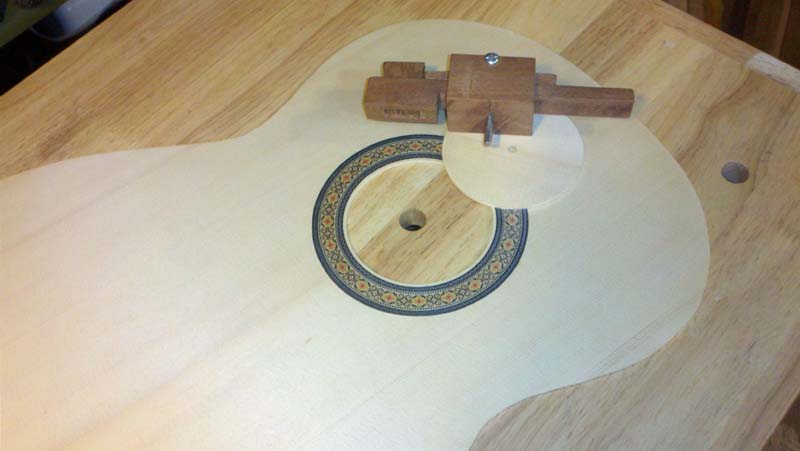
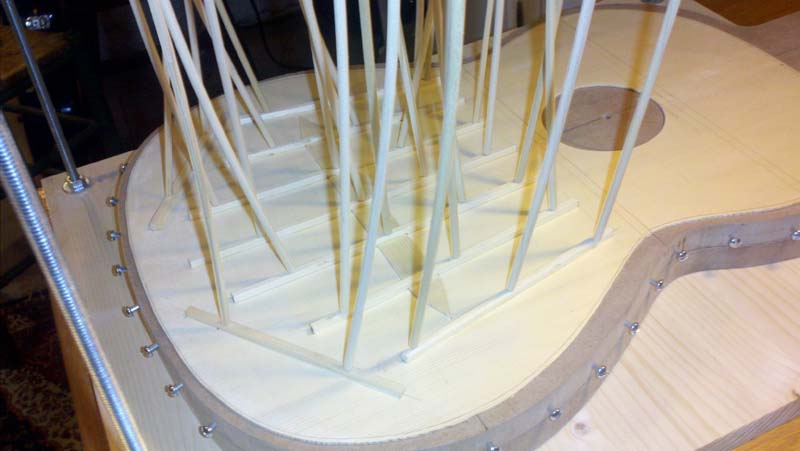

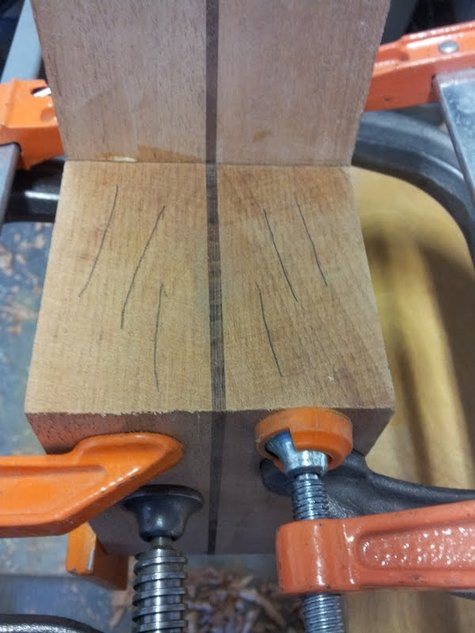
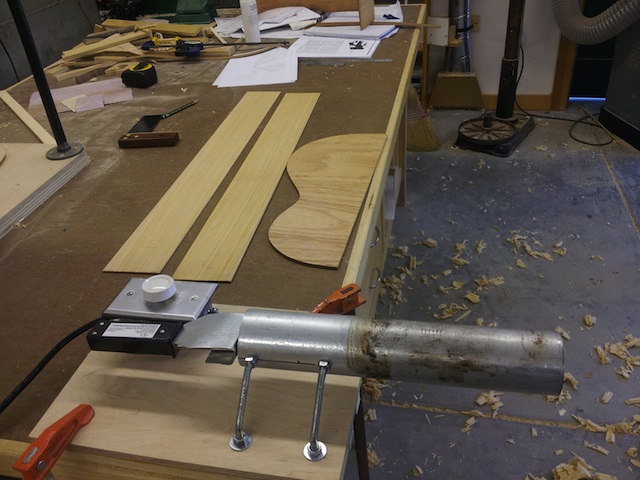
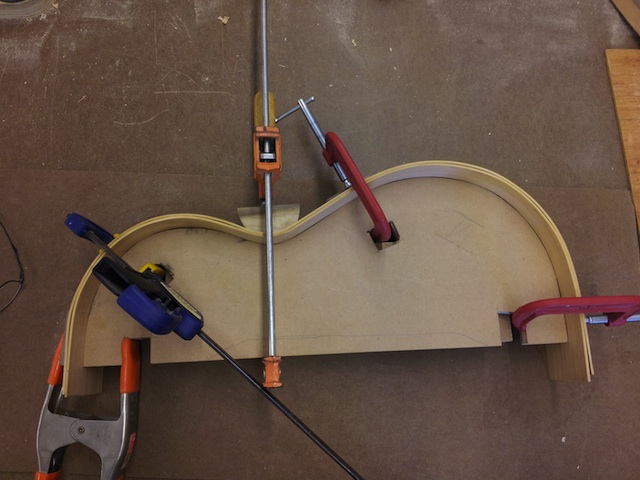
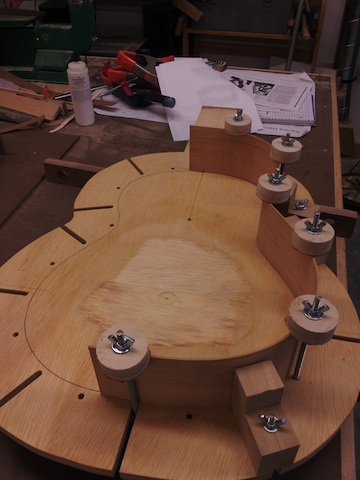
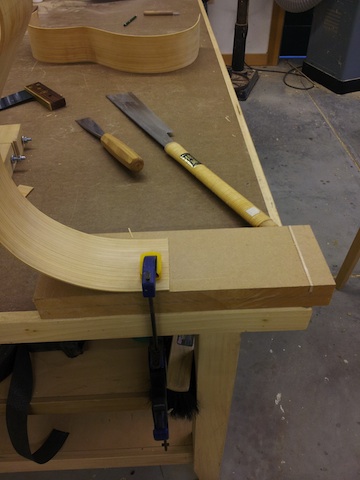
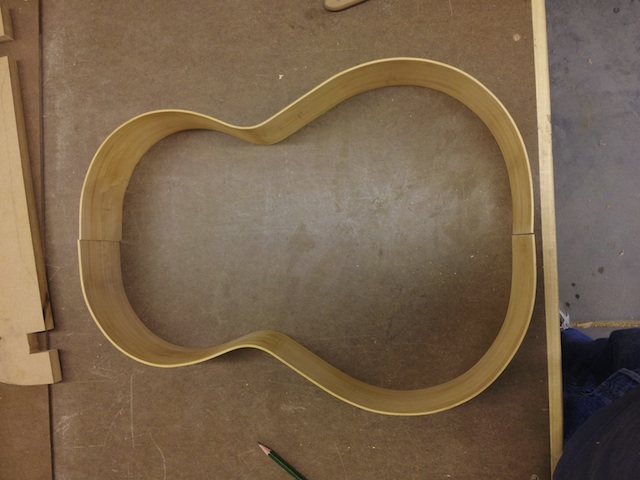

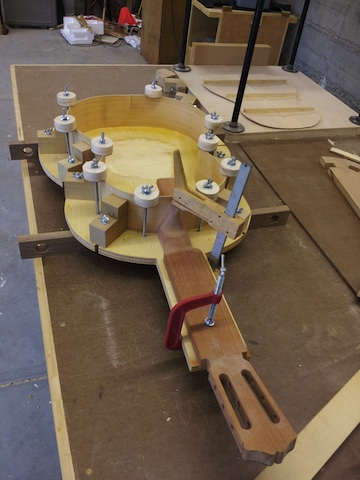
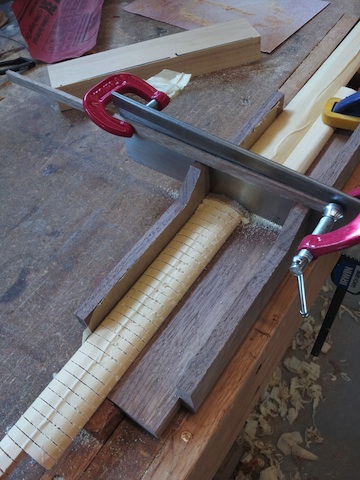
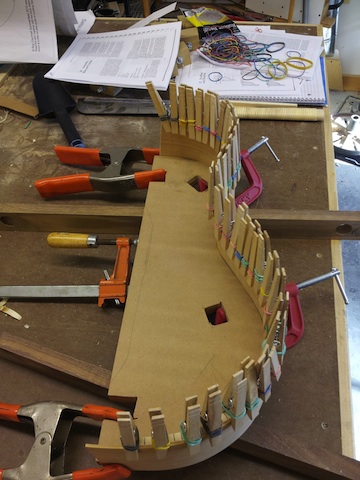
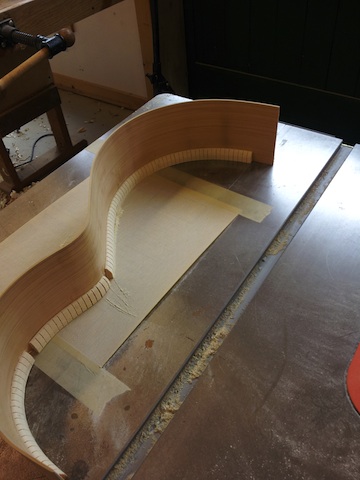
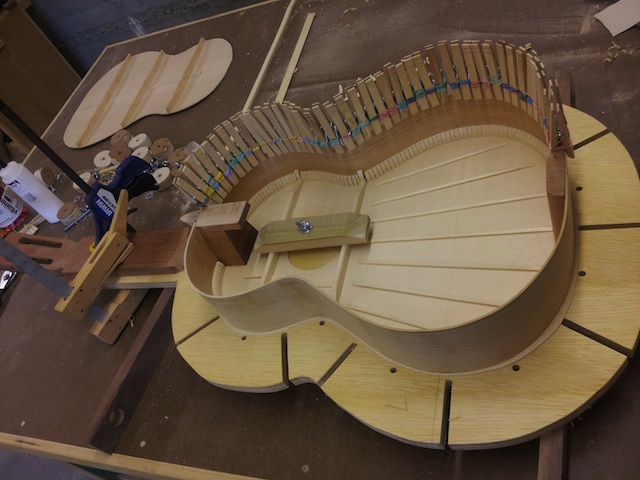
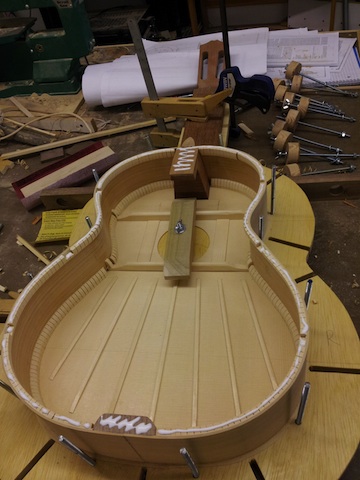
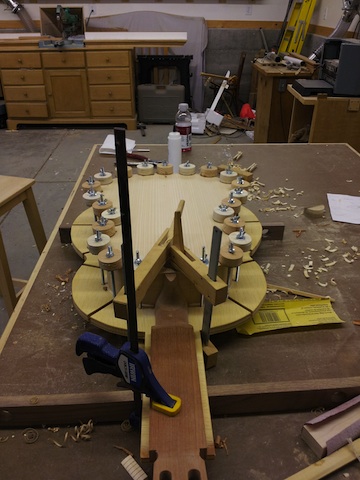
 New Messages
New Messages No New Messages
No New Messages Hot Topic w/ New Messages
Hot Topic w/ New Messages Hot Topic w/o New Messages
Hot Topic w/o New Messages Locked w/ New Messages
Locked w/ New Messages Locked w/o New Messages
Locked w/o New Messages Post New Thread
Post New Thread